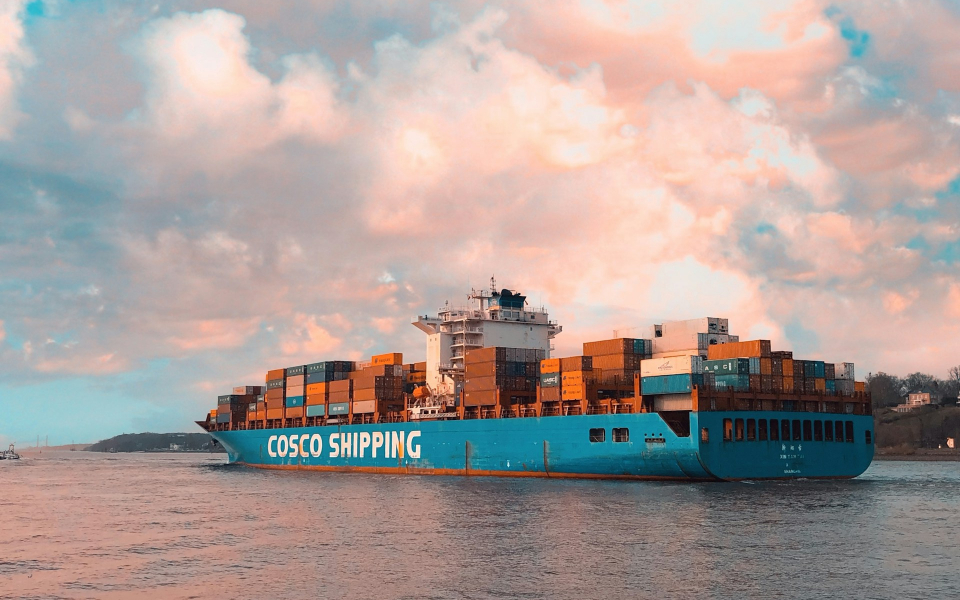U.S. Customs and Border Protection (CBP) has reported tariff revenue of just over $500 million after the implementation of President Donald Trump's latest trade measures.
This is far below the $2 billion per day figure Trump has often cited while presenting his case for his tariff policies.
The updated numbers come as China's total tariffs include a 125% reciprocal duty, an additional 20% connected with the fentanyl crisis, and targeted levies ranging from 7.5% to 100% on specific goods, according to the latest reports from the White House.
What Happened: CBP shared with CNBC that since April 5, the agency has collected more than $500 million from the newly imposed reciprocal tariffs, which are part of a larger series of trade actions enacted since January 20.
"Even during the brief glitch," CBP said, referring to a recent 10-hour system outage that impacted exemption codes for certain in-transit goods, "CBP's average $250 million/day revenue stream remained uninterrupted."
Why It Matters: Trump has repeatedly said that the U.S. is generating $2 billion a day through tariffs. However, the latest figures indicate that revenue is much lower. Treasury Department data released Monday reports total daily deposits from customs and excise taxes at $305 million.
The CBP collects all tariffs at the point of entry. The discrepancy between Trump's claims and the actual data raises questions about the financial benefits of the tariffs, which have witnessed fluctuating rates across sectors and countries, and a sustained increase on Chinese goods.
While the administration pushes forward with its tariff-centered trade approach, the gap between public claims and official revenue data is increasingly generating attention. With new policies for industries like pharmaceuticals on the horizon, the conversation over the costs and benefits of Trump's tariff agenda is likely to continue.










